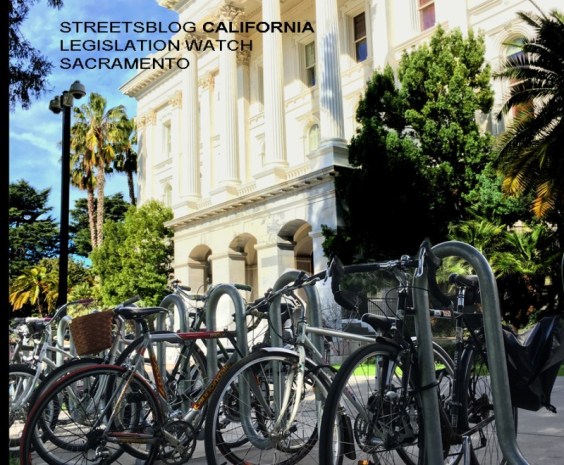Long before Congress started to take the threat of climate change seriously, American mayors were already recognizing the need to decrease fossil-fuel consumption, promote efficiency, and generally create more livable places.
Scott Smith, the mayor of Mesa, Arizona, recently became the 1,000th city chief to sign on to the U.S. Conference of Mayors' Climate Protection Agreement [PDF], first ratified in 2005 as a way for localities to commit to meet the Kyoto emissions reduction targets that the Bush administration declined to endorse.
Smith's move prompted a report in this weekend's New York Times, which hailed city-level sustainability efforts such as those showcased on Capitol Hill back in July. While the nation has long been more urban than rural -- in fact, an estimated two-thirds of Americans now live in the nation's 100 biggest cities -- the Times cast some doubt on prior portrayals of cities as proportionally significant energy consumers:
“Cities occupy two percent of the world’s land mass yetcontribute more than two-thirds of global greenhouse gas emissions,”begins the Clinton Initiative’s online explication of its C-40 program,which unites large cities across the globe in a commitment to reducinggreenhouse gases. ...
But other researchers — including David Satterthwaite, a senior fellowat the International Institute for Environment and Development inLondon — have challenged those numbers, claiming that they are at bestexaggerated and in reality unknowable.
Writing in the March2009 issue of the United Nations Human Settlements Program’s flagshipmagazine, Urban World, Mr. Satterthwaite and his colleague DavidDodman, drawing on the most recent figures of the IntergovernmentalPanel on Climate Change, estimate that cities contribute somewherebetween 30 and 41 percent of global greenhouse gas emissions.
What was mentioned but not discussed by the Times is the Conference of Mayors' report [PDF] on 16 cities that have adopted innovative strategies to cut pollution. The entire report is worth a read (though New Yorkers, San Franciscans and Portland-ites may be disappointed to find their hometowns not listed), not least because most mayors single out land use and transportation planning as central elements of their policy-making on environment and energy.





